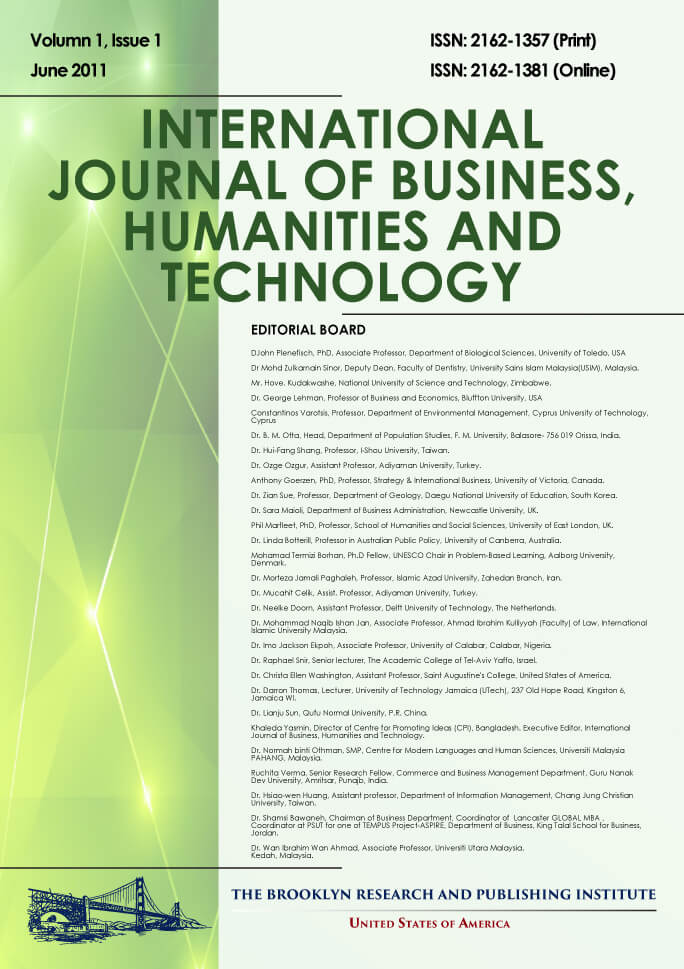Factors Affecting the Marketing of Onions by Smallholder Producers in Gololcha District, Arsi Zone, Oromia National Regional State, Ethiopia
Gadisa Ejersa
Abstract
The study utilized descriptive statistics and econometric models to analyze the socio-economic characteristics of sampled producers in the Gololcha Arsi Zone, Oromia Regional State. The research was carried out in Gololcha Woreda, Arsi Zone, using random and purposive sampling methods. A total of 114 respondent households, predominantly male-headed, participated in the study. Smallholder farmers dedicated an average of 0.27 hectares of land to onion production, with an average yield of 19.69 quintals per household. The mean income from onion bulb sales in the 2022 production year was 332,824.60 Birr. Multiple linear regression models were employed to investigate the marketing supply of smallholder onion producers, revealing that eight explanatory variables were significantly associated with onion sales volume in the market at a 0.5 level of significance. Factors such as onion production quantities, farmers' experience, insecticide usage, and total income were positively correlated with onion supply, while farm size, fungicide usage, oxen utilization, and average onion price were negatively correlated. Formal institutions were the main sources of onion seeds in the study area, offering improved varieties like Bombay Red, Adama Red, and Nafis. Challenges in the area included production and marketing issues, informal seed sources, diseases, insects, poor production practices, and lack of market information. Despite these challenges, producer farmers in the study area had access to opportunities such as improved onion varieties, connections with agriculture offices and research centers, irrigation water resources, training facilities, local traders and wholesalers, infrastructure development, labor availability, and experienced onion producers.
Full Text: PDF


